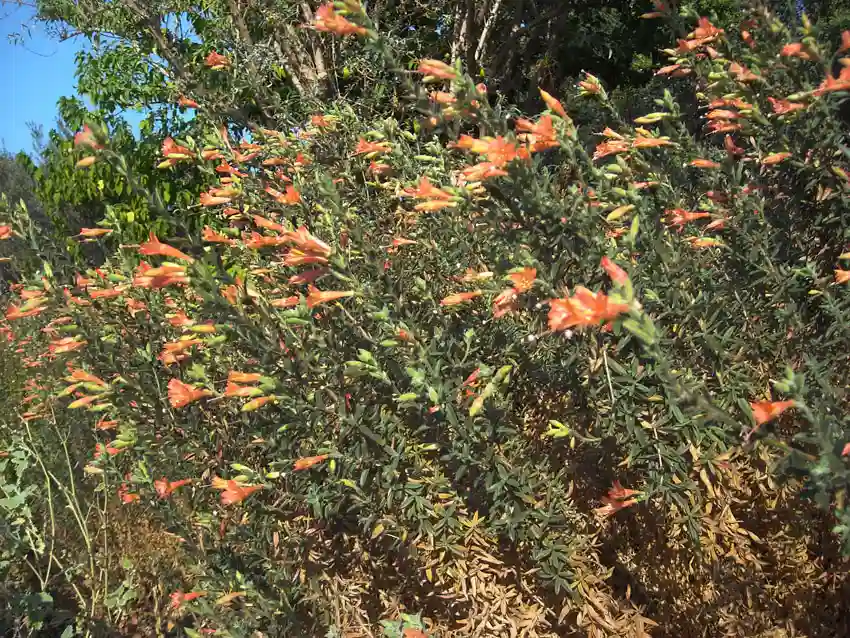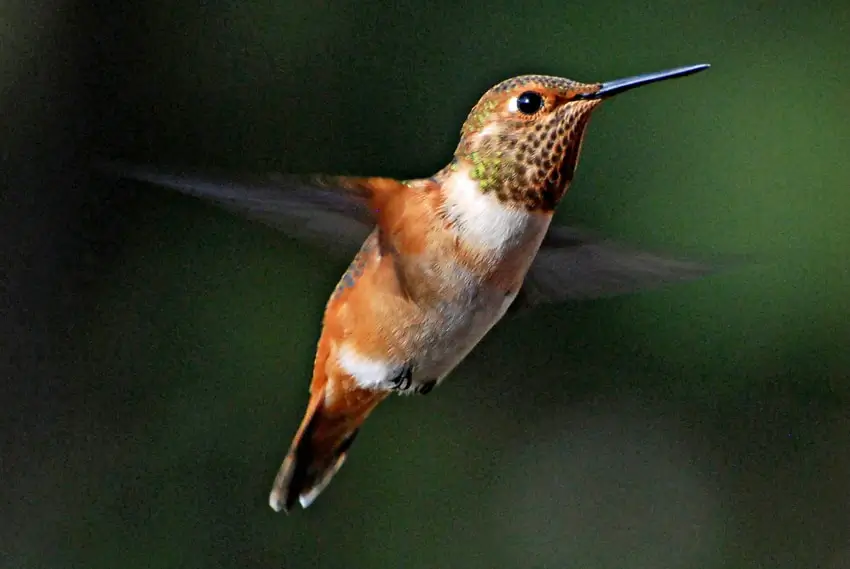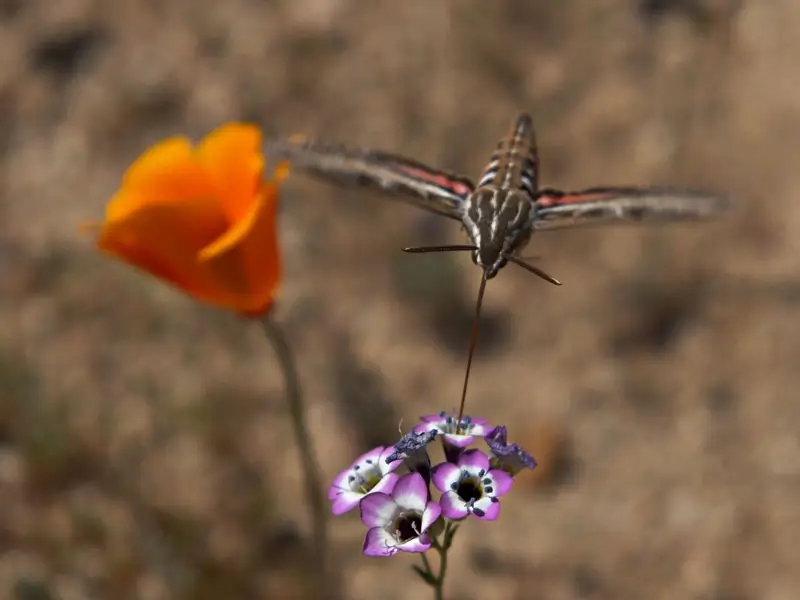Epilobium (Zauschernia) canum
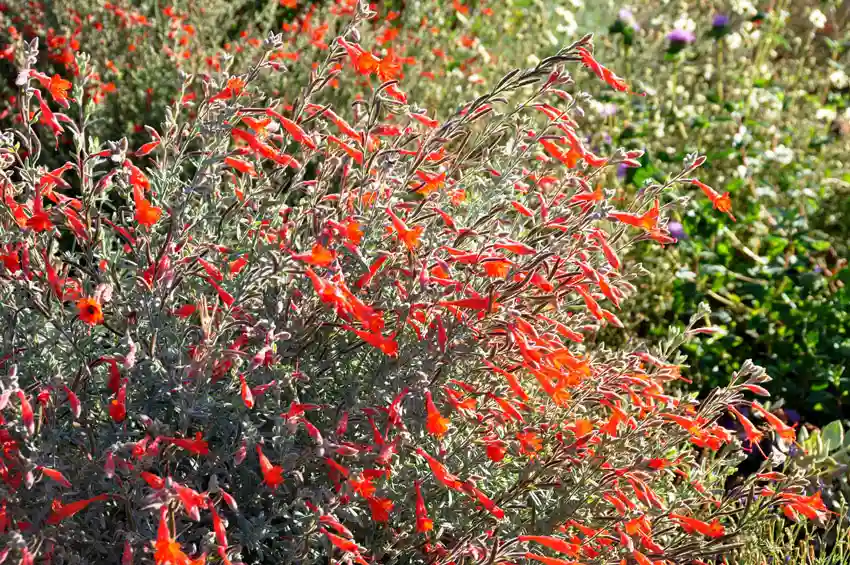
California Fuchsias are both beautiful and tough plants! There are many species and named cultivars available; all are drought tolerant, and as a spreading herbaceous perennial plant they can cover a lot of ground. These plants thrive in very average soils and need full sun and very little water. Species with narrow linear leaves are also deer-proof!
Flowers vary in color from red to more orangey; ‘Marin Pink’ has pink flowers, ‘Sierra Salmon’ displays lovely apricot colored flowers. Foliage also varies in color, from silvery, to more greyish, to a nice medium green. The contrast between foliage and flower color can create a really striking image in a garden setting!
Growth habits also varies greatly in this genera; from low growers such as ‘Everett’s Choice’, and ‘Calistoga’ to some of the straight species which can have flowering stalks that will reach to four feet tall or more! The straight species do tend to wander a bit in a garden bed, making them great ‘minglers’.
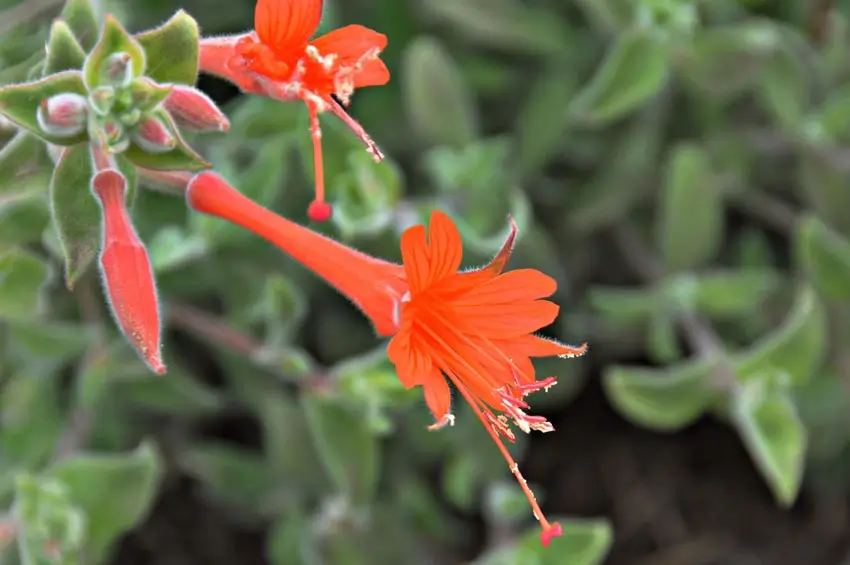
California Fuchsias are an important source of nectar, with many bees and various pollinators, including butterflies visiting the flowers. The month of October, in Marin, is one of the best and busiest times in a habitat garden sanctuary. The Fall garden is still full of flowers, including a variety of California Fuchsias and it is all ‘a buzz’ with activity; Monarch butterflies and their larvae on the Milkweeds, Buckeye butterflies swarming the remaining California buckwheat flowers, and the Woodland Skippers look like hundreds of little orange flags moving from flower to flower on the Mexican Lavender-scented sage (Salvia mellisadora).
In her own garden, Home Ground founder Charlotte Torgovitsky has already noticed several Rufous Hummingbirds coming for nectar from the California Fuchsias and non-native salvias. These tiny creatures (smaller than Anna’s Hummingbird, but larger than a White-lined Sphinx Moth) migrate from Baja California up our coast in about April, and back down the coast in late September to October, all the way from Alaska! The migrations are tuned to the flowering of Sticky Monkeyflowers in April, and again with the blooming of California Fuchsias in late September to October.
Visiting the same flowers are the White-lined Sphinx Moths; they attract attention because they are day-flying moths that behave more like hummingbirds than insects! In the Home Ground Habitats garden, The Sacred Datura (Datura wrightii) plants have been hosting sphinx moth caterpillars. When last checked, these half-eaten plants no longer hosted the caterpillars, so they must be in the pupal stage. Moths like this pupate in the duff (duff is decaying vegetable matter covering the ground under trees), so perhaps in a few weeks we will see more of the beautiful, White-lined Sphinx Moths in the garden again!

